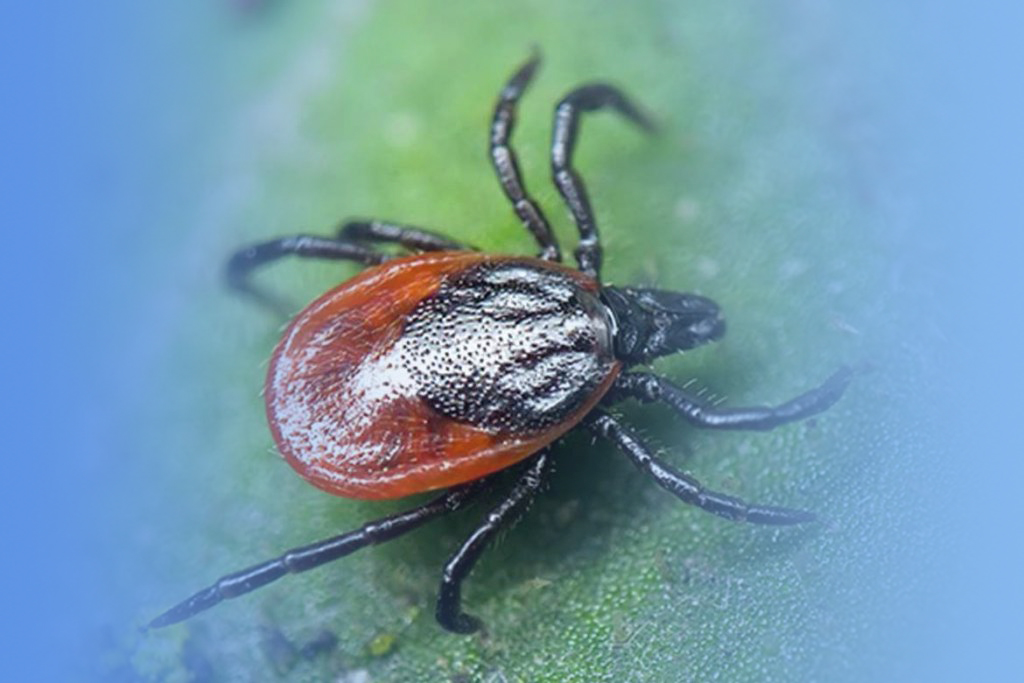[1] Bhatt S, Weiss DJ, Cameron E,et al. The effect of malaria control on Plasmodium falciparum in Africa between 2000 and 2015[J]. Nature,2015,526(7572):207-211. DOI:10.1038/nature15535.
[2] World Health Organization. Global vector control response 2017-2030[M]. Geneva:WHO,2017:3-4.
[3] Hemingway J. Resistance:A problem without an easy solution[J]. Pestic Biochem Physiol,2018,151:73-75. DOI:10.1016/j.pestbp.2018.08.007.
[4] World Health Organization. Test procedures for insecticide resistance monitoring in malaria vector mosquitoes[M]. 2nd ed. Geneva:WHO,2016:20-22.
[5] Dong XS. Keys taxonmia to the Anopheles of China[M]. Kunming:Yunnan Science& Technology Press,2014:1-109.(in Chinese) 董学书.中国按蚊分类检索[M].昆明:云南科技出版社,2014:1-109.
[6] Ministry of Health of the People's Republic of China. GB/T 26347-2010Test methods of mosquito resistance to insecticides-Bioassay methods[S]. Beijing:Standards Press of China,2011.(in Chinese) 中华人民共和国卫生部. GB/T 26347-2010蚊虫抗药性检测方法生物测定法[S].北京:中国标准出版社,2011.
[7] Lin ZR, Zhang H, Sun XD,et al. Malaria cases and the reactive response in Yunnan Province from 2016 to 2018[J]. Chin J Zoonoses,2021,37(6):525-531. DOI:10.3969/j.issn.1002-2694.2021.00.016.(in Chinese) 林祖锐,张豪,孙晓东,等. 2016-2018年云南省疟疾个案和疫点调查处置情况[J].中国人兽共患病学报,2021,37(6):525-531. DOI:10.3969/j.issn.1002-2694.2021.00.016.
[8] Zhao XT, Sun XD, Yang HL,et al. A report of the last indigenous malaria case in Yunnan[J]. China Trop Med,2020,20(4):325-329. DOI:10.13604/j.cnki.46-1064/r.2020.04.06.(in Chinese) 赵晓涛,孙晓东,杨恒林,等.云南省最后一例本地感染疟疾病例报告[J].中国热带医学,2020,20(4):325-329. DOI:10.13604/j.cnki.46-1064/r.2020.04.06.
[9] Wu Q, Sun DW, Li SG,et al. Investigation on resistance and resistance-conferring mutations in Anopheles sinensis in Sanya,Hainan Province,China[J]. Chin J Vector Biol Control,2022,33(5):666-671. DOI:10.11853/j.issn.1003.8280.2022.05.010.(in Chinese) 吴群,孙定炜,李善干,等.海南省三亚市中华按蚊抗药性及抗性相关基因突变调查[J].中国媒介生物学及控制杂志,2022,33(5):666-671. DOI:10.11853/j.issn.1003.8280.2022. 05.010.
[10] Hu YB, He ZQ, Liu Y,et al. Susceptibility of Anopheles sinensis to insecticides in Puyang City,Henan Province[J]. Chin J Schisto Control,2021,33(5):501-504,509. DOI:10.16250/j.32. 1374.2020331.(in Chinese) 胡亚博,贺志权,刘颖,等.河南省濮阳市中华按蚊对杀虫剂敏感性调查[J].中国血吸虫病防治杂志,2021,33(5):501-504,509. DOI:10.16250/j.32.1374.2020331.
[11] Zhou B, Wang HM, Wang P,et al. Investigation on resistance of Anopheles sinensis to four insecticides in Shenyang City[J]. Chin J Hyg Insect Equip,2015,21(5):481-483. DOI:10.19821/j.1671-2781.2015.05.014.(in Chinese) 周博,王慧敏,王萍,等.沈阳市中华按蚊对4种常用杀虫剂的抗性研究[J].中华卫生杀虫药械,2015,21(5):481-483. DOI:10.19821/j.1671-2781.2015.05.014.
[12] Pei SJ, Zhang HX, Li KJ,et al. Monitoring of resistance of Anopheles sinensis to deltamethrin in Hubei Province,China[J]. Chin J Vector Biol Control,2014,25(1):18-20. DOI:10.11853/j.issn.1003.4692.2014.01.005.(in Chinese) 裴速建,张华勋,李凯杰,等.湖北省中华按蚊对溴氰菊酯的抗药性监测[J].中国媒介生物学及控制杂志,2014,25(1):18-20. DOI:10.11853/j.issn.1003.4692.2014.01.005.
[13] Fu FY, Chen B, Zhong DB,et al. The association between deltamethrin resistance and kdr mutation in Anopheles sinensis in Chongqing,China[J]. Acta Parasitol Med Entomol Sin,2013,20(1):25-30. DOI:10.3969/j.issn.1005-0507.2013.01.005.(in Chinese) 付凤洋,陈斌,钟代斌,等.重庆市中华按蚊溴氰菊酯抗性与kdr基因突变的关系[J].寄生虫与医学昆虫学报,2013,20(1):25-30. DOI:10.3969/j.issn.1005-0507.2013.01.005.
[14] Gao Q. Challenge and response of imported malaria for preventing malaria re-establishment[J]. China Trop Med,2021,21(1):1-4. DOI:10.13604/j.cnki.46-1064/r.2021.01.01.(in Chinese) 高琪.输入性疟疾对巩固消除疟疾成果防止再传播的挑战和对策[J].中国热带医学,2021,21(1):1-4. DOI:10.13604/j.cnki.46-1064/r.2021.01.01.
[15] Lin ZR, Lin YK, Guo XR,et al. Resistance of Anopheles sinensis to five insecticides in China-Myanmar border areas in Yingjiang County,Yunnan Province,China[J]. Chin J Vector Biol Control,2022,33(3):430-433. DOI:10.11853/j.issn.1003.8280.2022. 03.022.(in Chinese) 林祖锐,蔺应坤,郭祥瑞,等.云南省盈江县中缅边境地区中华按蚊对5种杀虫剂的抗药性调查[J].中国媒介生物学及控制杂志,2022,33(3):430-433. DOI:10.11853/j.issn.1003. 8280.2022.03.022.
[16] Zhou YW, Luo ZS, Lin ZR,et al. Anopheles sinensis mutations and resistance to common insecticides in Cangyuan County,Yunnan Province,China Myanmar border area[J]. Chin J Zoonoses,2023,39(3):289-293,298. DOI:10.3969/j.issn.1002-2694.2023.00.011.(in Chinese) 周耀武,罗宗圣,林祖锐,等.中缅边境地区云南省沧源县中华按蚊对常用杀虫剂抗性及突变情况调查[J].中国人兽共患病学报,2023,39(3):289-293,298. DOI:10.3969/j.issn.1002-2694.2023.00.011. |



